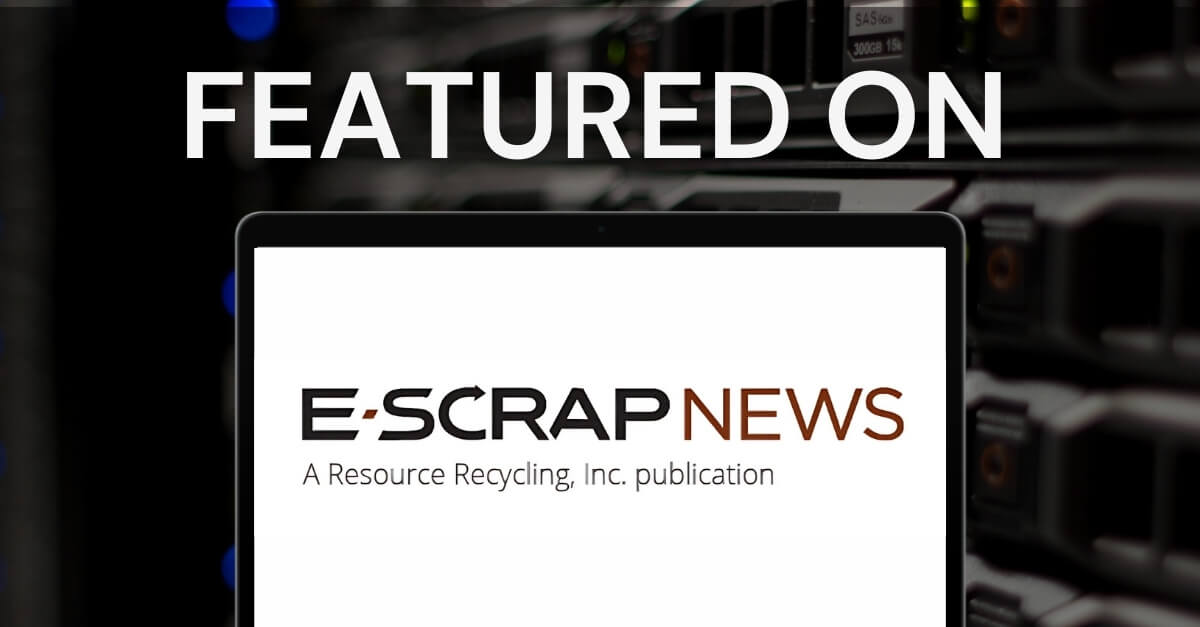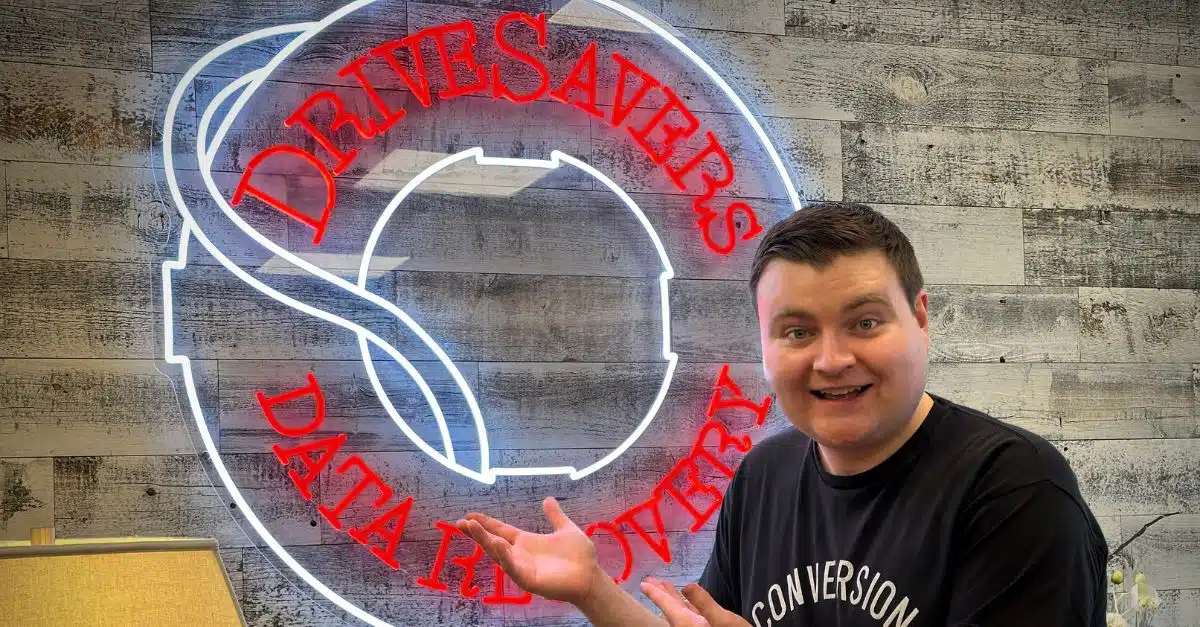Highlighting the sensitive nature of data recovery, Cobb explained how DriveSavers uses protocols like DocuSign agreements to validate ownership and protect customers’ information.
Mimegasite.com: Technology Talk: The Crash of 2007: Are You Ready?

June 29, 2007
By Michael Goldstein
No, I’m not pumping a scare book about the collapse of Western Civilization. Rather, I’m warning about a much more likely event—the crash of your computer’s hard drive. A hard drive (also called a hard disk, hard disk drive, or HDD) is the rotating disk-based mechanism that reads and writes data and “permanently” stores all of it on your computer,
Hard drives can fail physically, from shaking, dropping, power surges, overheating, manufacturing defects, and water or fire damage. Drives can also fail logically, from viruses, operating system malfunction, software crashes, failure to boot, repartitioning, and everyone’s favorite, data corruption.
Your hard drive’s value isn’t the unit itself; 500GB drives sell for $110. What are important are your budgets, address books, PowerPoint files, photos, projects, plans, etc. So protect your data by backing it up on a regular basis.
One of the easiest ways to back up is to simply copy files to a CD-ROM or DVD on a daily or weekly basis. At less than 50 cents each, blank disks are cheap insurance. Write the date you backed it up using a Sharpie right on the disk, and store it in a safe place.
Another way to back up (particularly for small laptops lacking a CD/DVD drive) is with a USB flash drive. These portable, affordable (SanDisk’s 4GB USB drive goes for under $75) thumb-sized drives plug into USB ports found on almost every PC or Macintosh.
A third way to backup is to use the Internet. Like antivirus software, automatic backup programs run in the background on PCs, copying files and sending them over the Internet to remote servers, for download at any time. This frees up computer space and allows you to backup files without worrying about disks, CDs, or removable drives. Leading providers of Internet backup include Iron Mountain’s Connected Backup/PC (www.connected.com) and Berkeley Data System’s MozyPro, (www.mozypro.com) which is $3.95 per PC per month with storage at $0.50/GB per month.
No matter which way you choose, do make a list of all the software on your computer (including user names, passwords, and serial numbers) plus the websites where you downloaded programs. Also know where your software disks are if you have to reinstall applications. It’s tedious, but it will save time if you must recreate your hard drive.
What if you’ve been naughty and haven’t backed up for months, and your overworked, virus-laden hard drive starts grinding and gives up the ghost? Well, there’s hope with do-it-yourself file-recovery software like Ontrack’s EasyRecovery Lite 6.1 ($89) and Seagate’s File Recovery for Windows ($139).
But when it simply has to be done right, and fast, three leading data recovery services are: CBL (www.cbltech.com); Ontrack (www.ontrack.com); and Drive-Savers (drivesaversdatarecovery.com). First contact puts you in touch with a “data crisis counselor,” since users dealing with a hard-drive crash are often frantic. DriveSavers, which hosts a grisly “Museum of Hard-Drive Disasters” on its site, boasts that when Keith Richards lost important items for The Rolling Stones’ Bridges to Babylon album, DriveSavers engineers recovered his data “and gave him satisfaction.”
But such services are expensive. CBL’s pricing starts at $400, though they offer a free estimate and free shipping. OnTrack charges $100 for initial evaluation. Their data recovery fee for a laptop/desktop can range from $500 to $2,500, depending on severity of the problem and the extent of the services needed.
Read the original article at mimegasite.com




